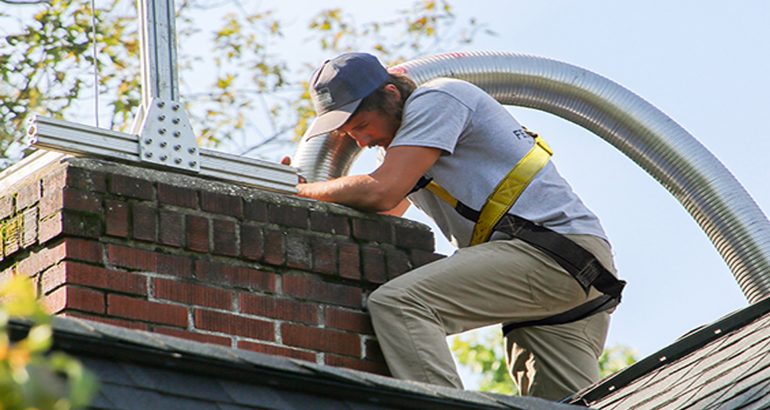
Often associated with fireplaces and boilers, chimneys have become an integral part of the average home. It is therefore very interesting to note that the principles involved have not substantially changed for hundreds of years.
Have you ever been curious to know how the average chimney functions? You might be surprised to learn about the ingenious nature of these systems as well as why they are still extremely efficient in our modern times. The information found below will also help you to determine if any chimney repairs may be needed.
A LOOK AT THE DRAFT OF A CHIMNEY
We are all aware that heated air rises. However, chimneys utilise this principle in a rather special manner. Hot air is less dense than cooler air. This is why fires cause what is known as a draft. Drafts are present when a pressure difference occurs between hot and cold air temperatures.
When the hot air above a fire begins to rise, it is replaced by cooler and less dense gases. This is why you will normally feel a slight current when standing or sitting beside a fireplace.
This very same draft helps to draw more air towards the material under combustion (such as wood). So, we can see that chimneys essentially provide a self-perpetuating airflow.
WHAT VARIABLES AFFECT THE EFFICIENCY OF A CHIMNEY?
There are two main factors which will impact the draft and therefore, the efficiency of a chimney:
- Heat
- Height
Higher temperatures will naturally produce stronger drafts thanks to an increased air current. Also, taller chimneys are associated with a greater draft due to more disparate temperature differences. This is why increasing the height of a chimney will often allow your home to enjoy more heat during the colder months of the year.
Please note that this is only a basic overview of how chimneys function. If you would like to learn more or should you suspect that a problem exists, please contact Able Roofing as soon as possible.




